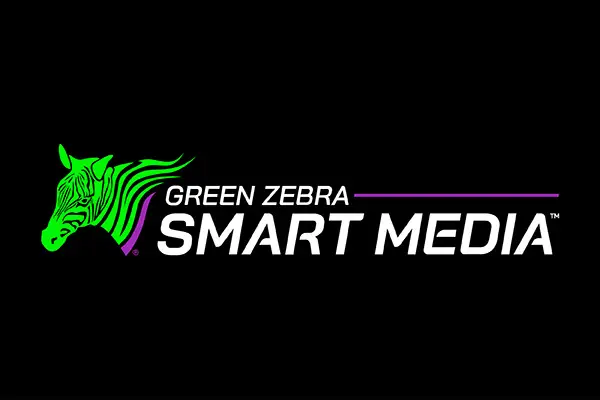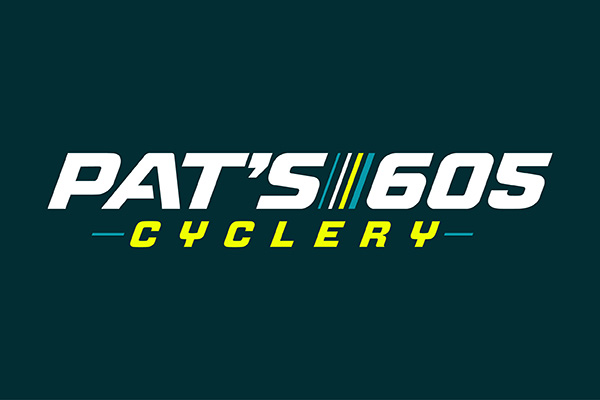Services
- Visual system
- Logo
- CORPORATE IDENTITY PACKAGE
- PRESENTATION DESIGN
- POWERPOINT TEMPLATE DESIGN
- PROPRIETARY ICON DESIGN
- BRAND GUIDELINES
- BRAND STRATEGY
- MESSAGING GUIDELINES
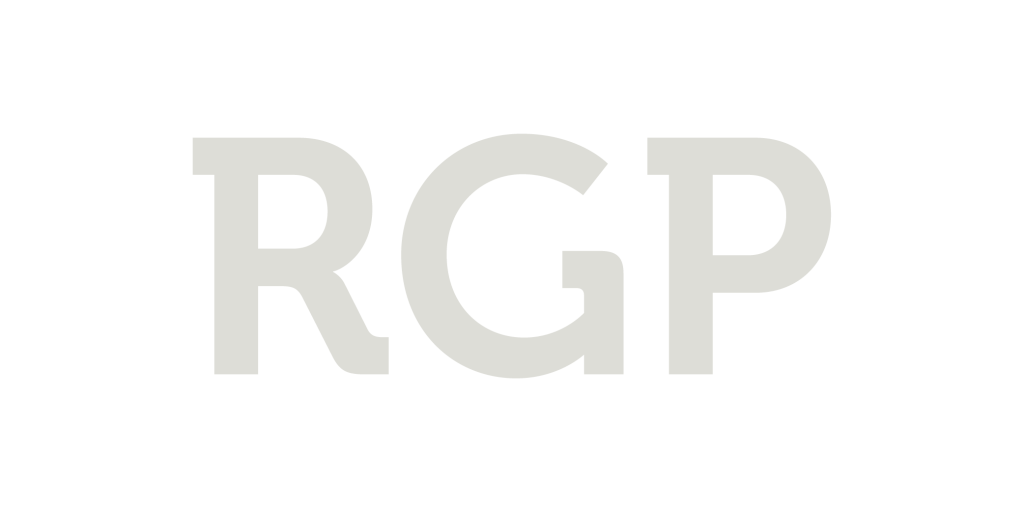
Building on a legacy of workforce innovation, RGP was founded in 1996 with a mission to assist finance executives in addressing operational challenges created by workforce gaps. Their agile model disrupted the professional services industry during a time when traditional talent approaches prevailed. Today, RGP continues to provide expert teams to support organizations in navigating the changing landscape of project-based work and workforce strategy.
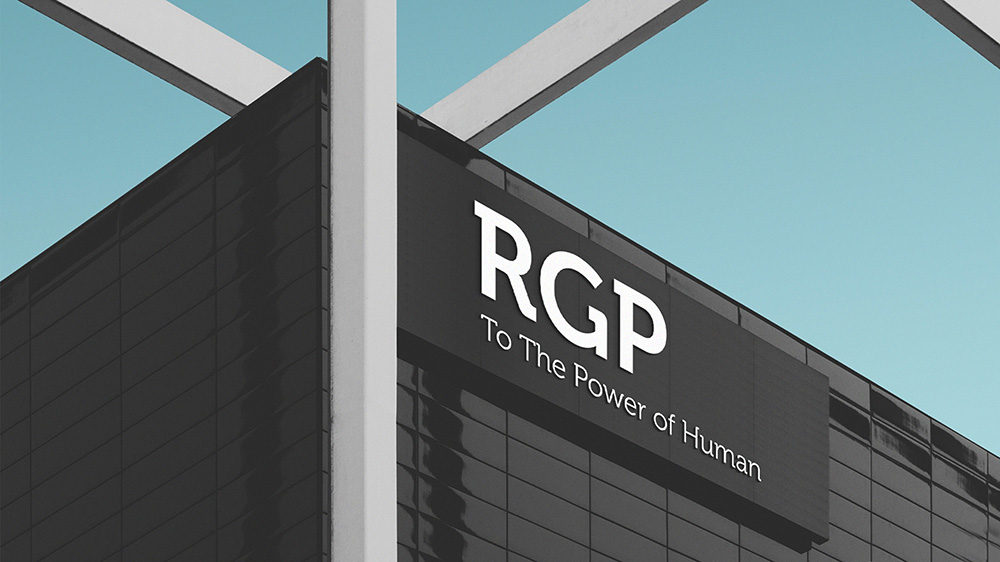
Key Challenges
In their quest for support, RGP grappled with the challenge of establishing a stronger foothold in the competitive human capital management market. They sought assistance in creating a distinctive and engaging visual presence that struck a balance between professionalism and differentiation. This endeavor also required aligning communication tools to effectively convey RGP’s expertise, agility, and client-centric approach, ultimately positioning them as a trusted solution in the evolving workforce strategy landscape.
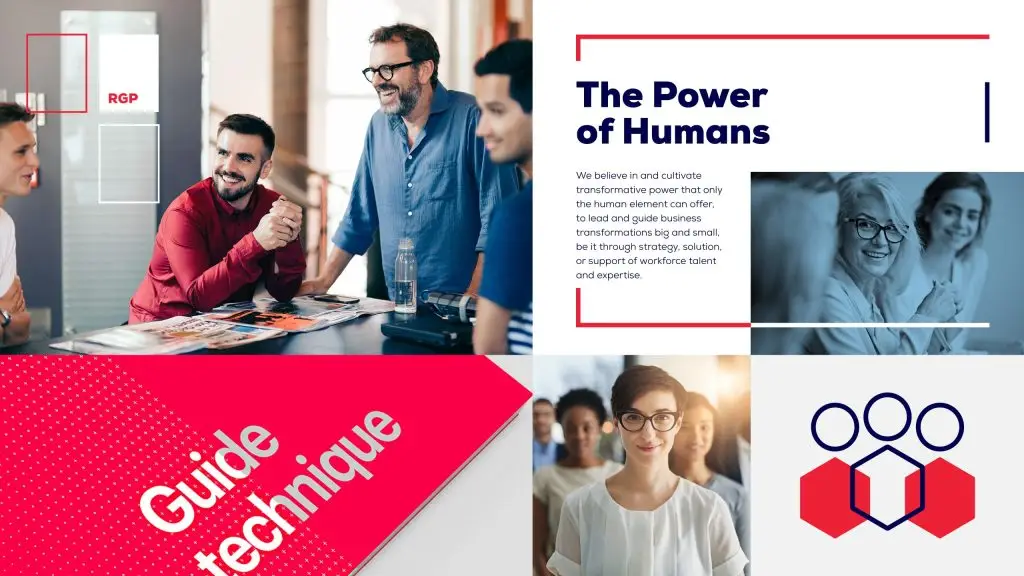
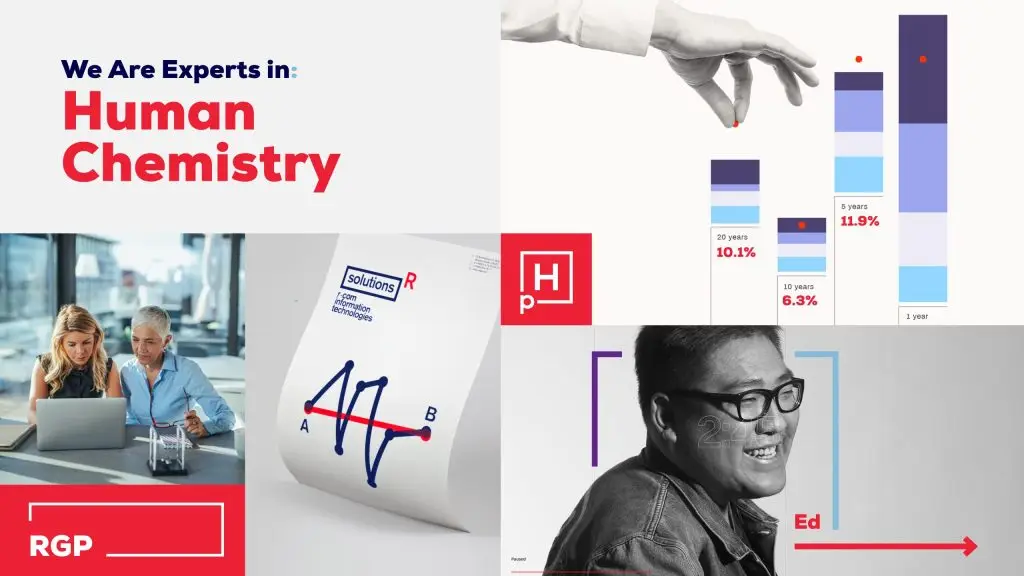
Visual Direction: Moodboards
Strategic Results
Through dedicated teamwork, a comprehensive solution was devised to address RGP’s brand challenges, equipping them for success and growth. The concept “To The Power of Human” was crafted, embodying the empowering nature of their role as an HCM company while emphasizing the intrinsic value of humanity in delivering exponential results. The visual system, inspired by a deconstructed interpretation of the golden ratio, offered a fresh perspective on the notions of connection, seamlessness, and exponential growth. To complement these strategic foundations, practical and impactful real-world tools were developed, ensuring accessibility and resourcefulness for all who represented the company in their communications.
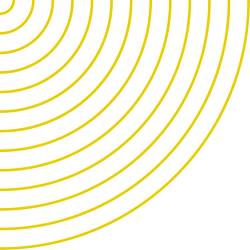
“The best part of this project for me was creating a system that’s both adaptable and user-friendly. It was a real challenge to broaden my skills, but I enjoyed diving in, testing, and developing tools that could benefit more people. It reminded me that design is not just about how things look, but how they solve problems for those who use them.”
